Product Description
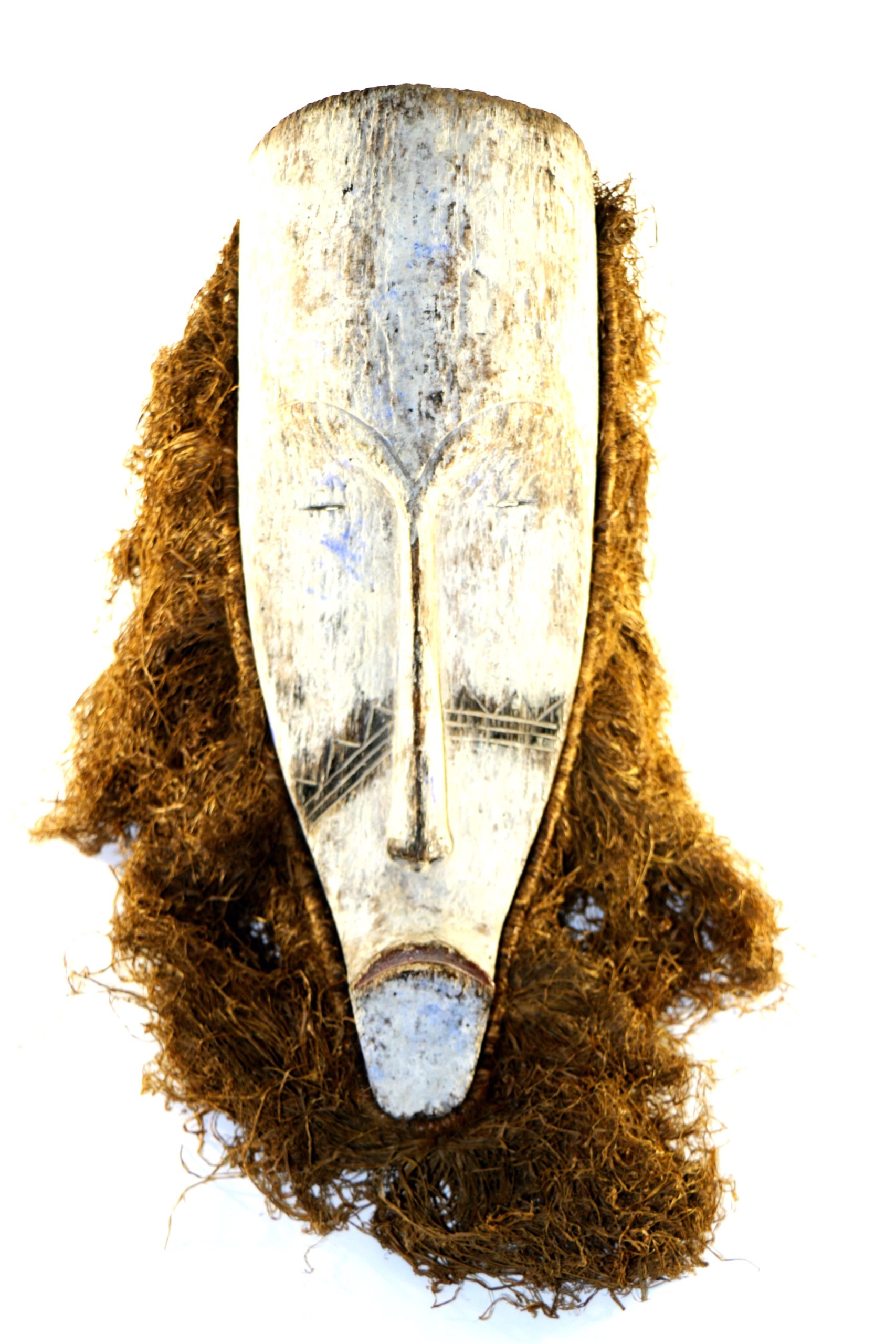
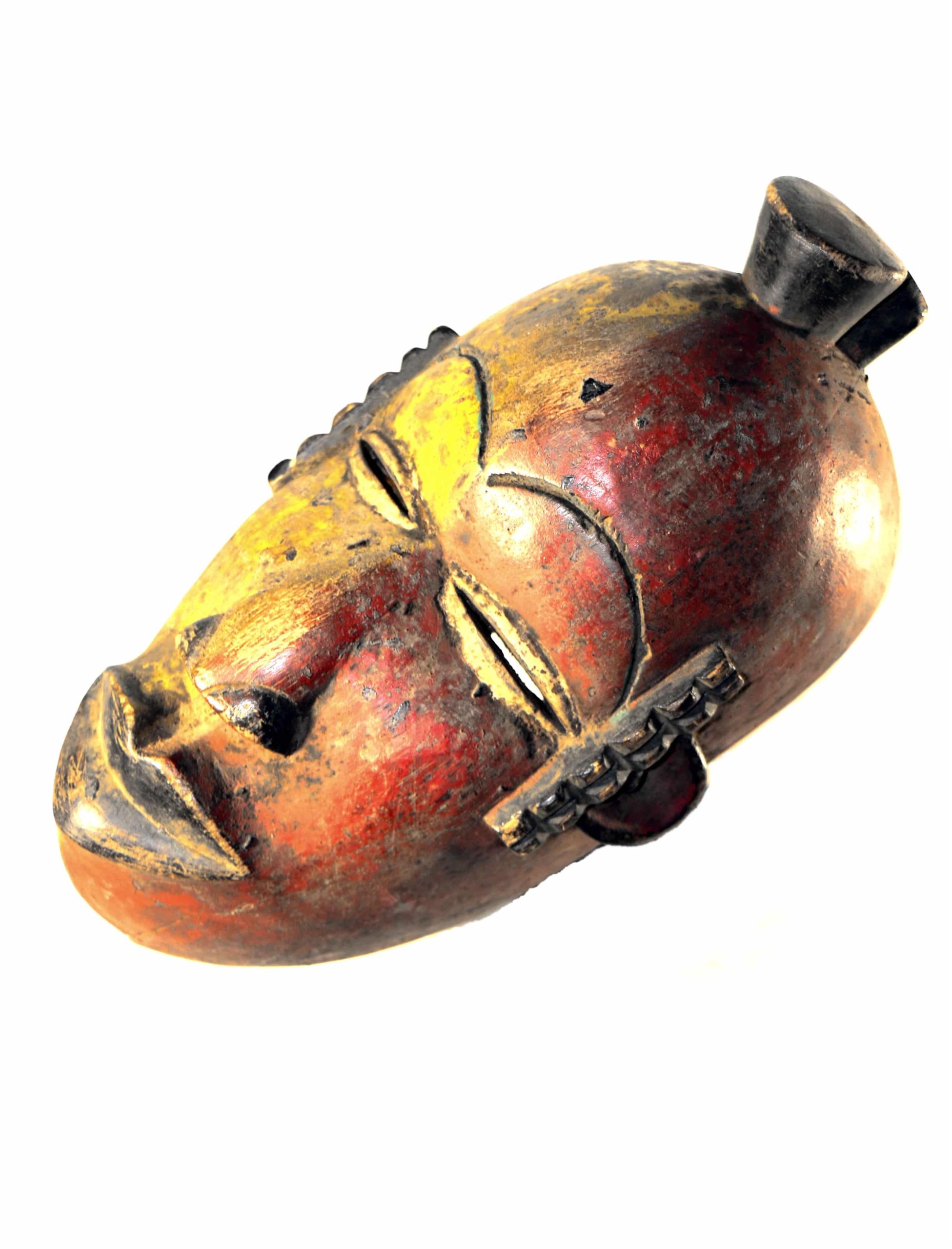
Igbo Helmet Mask – Nigeria
This unusual and particularly imaginative helmet like mask is from the Nsukka area, the northern part of the northcentral Igbo region in Nigeria. This region has one of the most complex and diverse mask making traditions in Nigeria.
Made of 100% wood
Model is W 33 – H 25 and weight 1.2 kg.
Description
This unusual and particularly imaginative helmet like mask is from the Nsukka area, the northern part of the northcentral Igbo region in Nigeria. This region has one of the most complex and diverse mask making traditions in Nigeria.
The Igbo use thousands of masks, which incarnate unspecified spirits of the dead, forming a vast community of souls. The outstanding characteristic of the many Igbo masks is that they are painted chalk white, the color of the spirit. Masked dancers wore extremely elaborate costumes (sometimes ornamented with mirrors) and often their feet and hands were covered. Due to the diversity of the Igbo people, it is impossible to generalize about a pure Igbo art style, which has characteristically been representative of numerous geographical regions. It could be said, though, that most Igbo do carve and use masks, but the function of these masks vary from village to village.
Living mainly in the forested areas of south-west Nigeria, on both sides of the Niger River the Igbo number some ten million individuals.
Mainly farmers and merchants, they also hunt and fish. They are subdivided into thirty-three subgroups and are spread out among about
two hundred villages scattered through the thick forest or semifertile marshland. Only on the northern and western edges of the area,
under influence from Igala and Benin, are hereditary rulers found. The heads of families form the council of elders, which shares its power
with numerous secret societies. These societies exercise great political and social influence. They are highly hierarchical, their members
passing from one level to the next. There is strong social pressure toward individual distinction, and men can move upward through
successive grades by demonstrating their achievements and their generosity.
Additional information
| Weight | 1.2 kg |
|---|---|
| Dimensions | 33 × 25 cm |
| Color | |
| Material |
Leave a reply Cancel reply
Returns and Exchanges
There are a few important things to keep in mind when returning a product you purchased.You can return unwanted items by post within 7 working days of receipt of your goods.
- You have 14 calendar days to return an item from the date you received it.
- Only items that have been purchased directly from Us.
- Please ensure that the item you are returning is repackaged with all elements.
Ship your item back to Us
Firstly Print and return this Returns Form to:
30 South Park Avenue, San Francisco, CA 94108, USA
Please remember to ensure that the item you are returning is repackaged with all elements.
For more information, view our full Returns and Exchanges information.



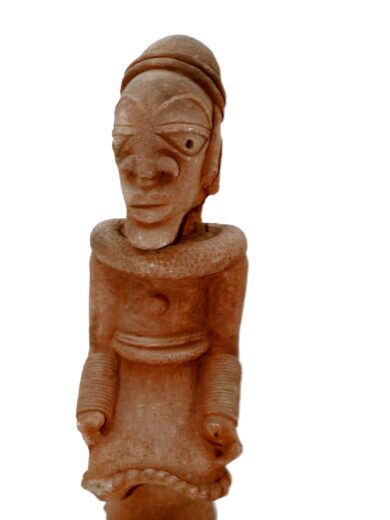
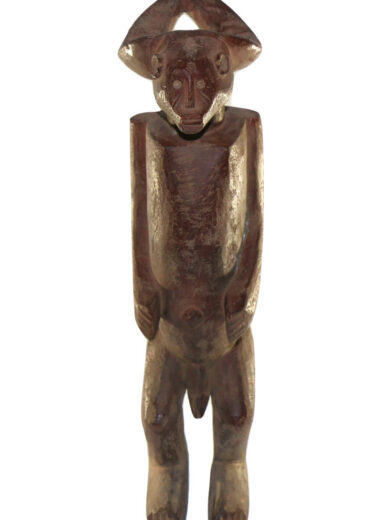
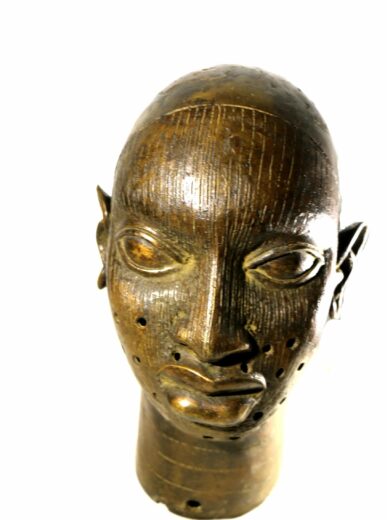

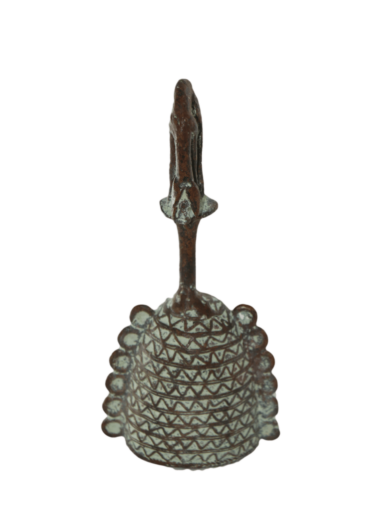
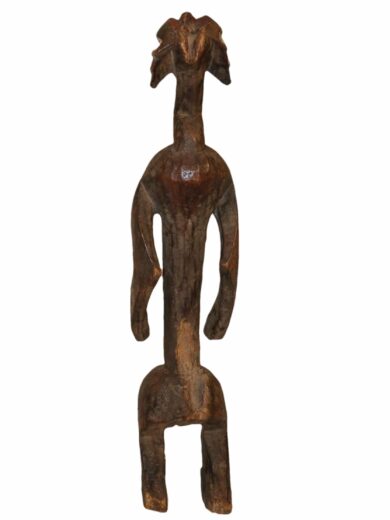
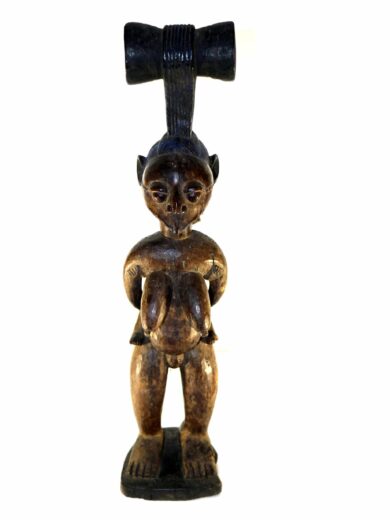
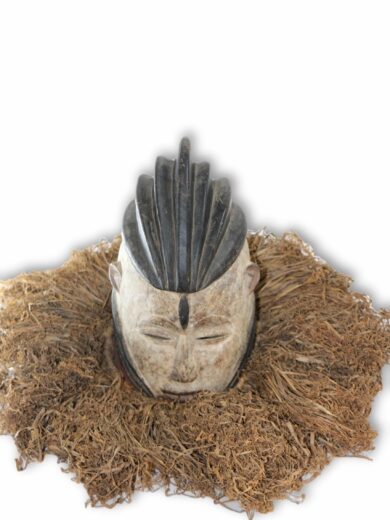

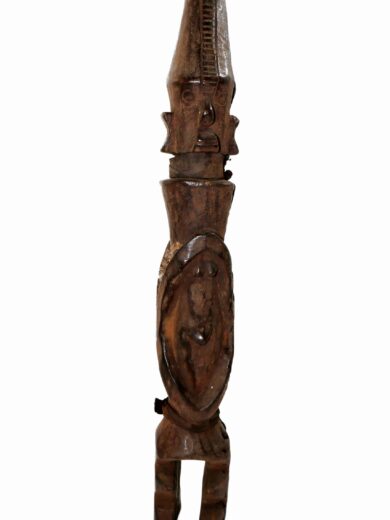
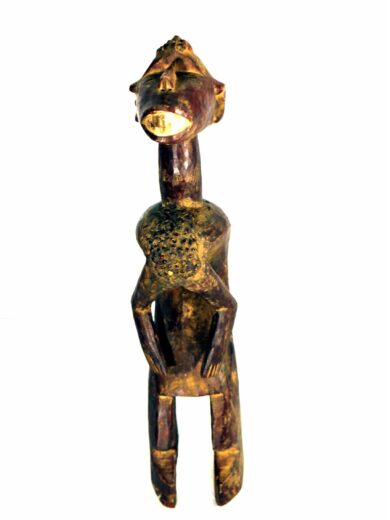
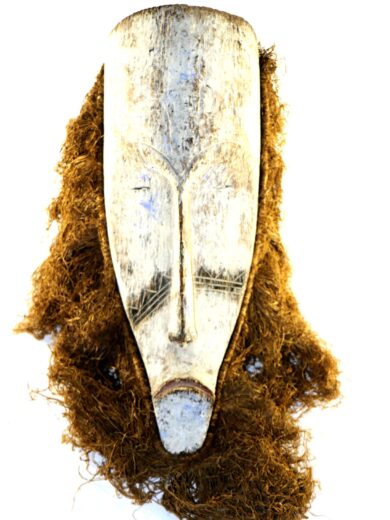
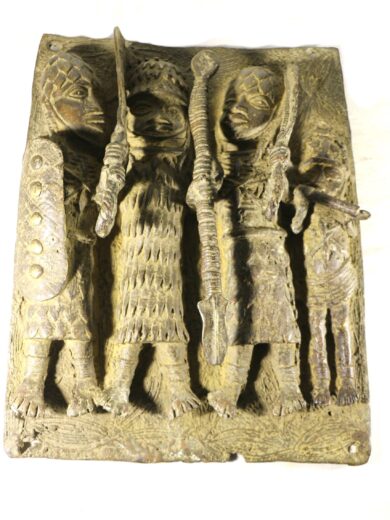
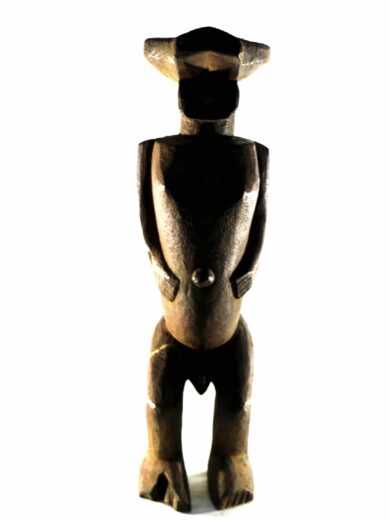
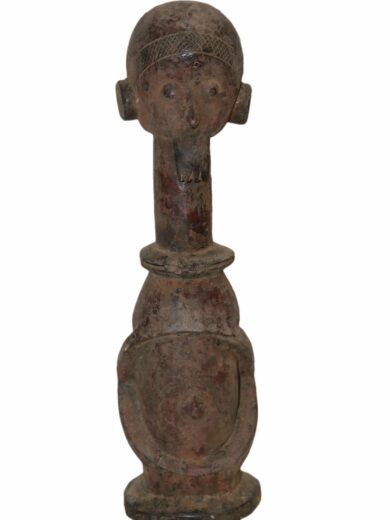
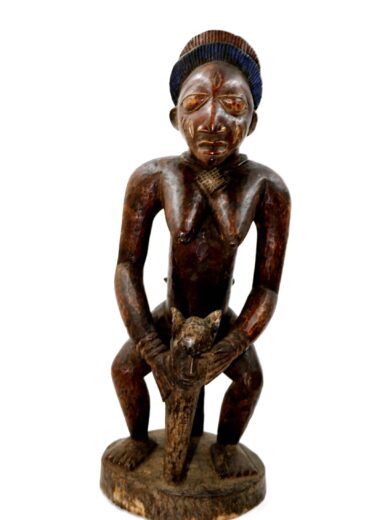
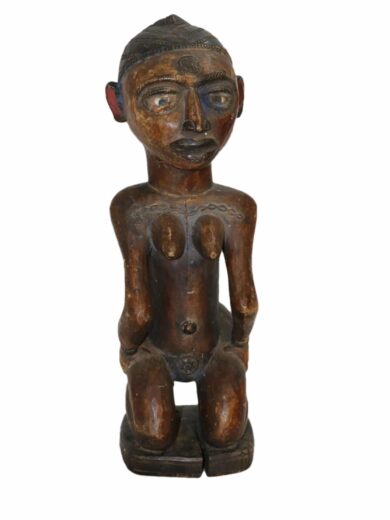
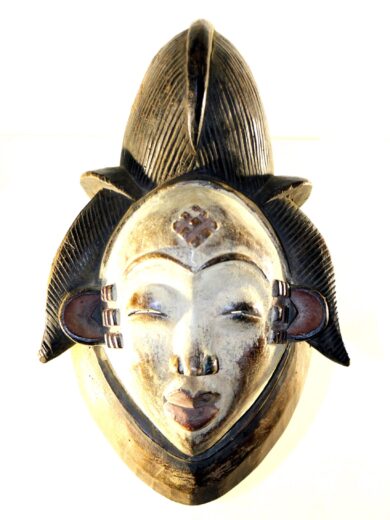

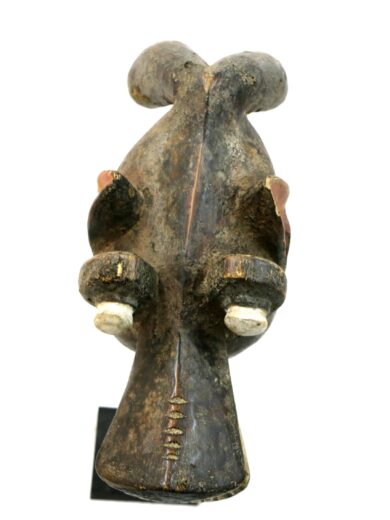


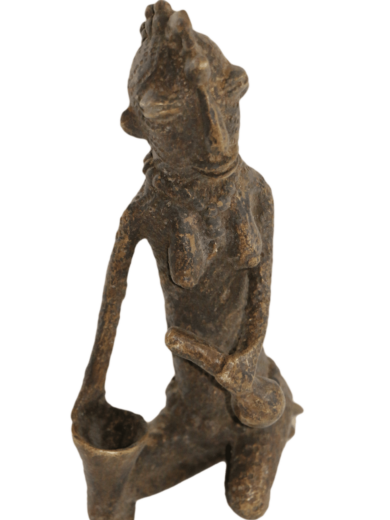
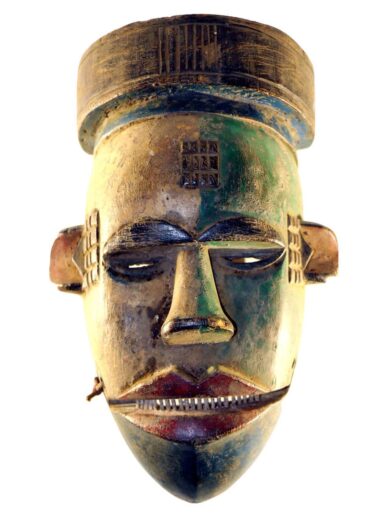
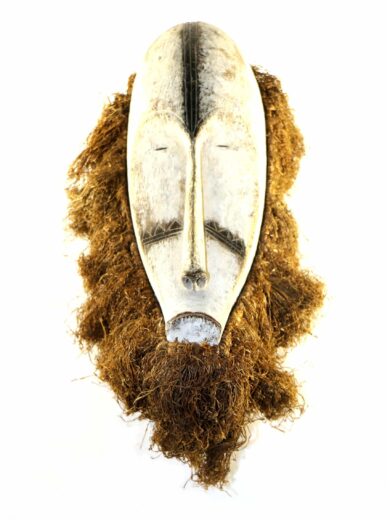
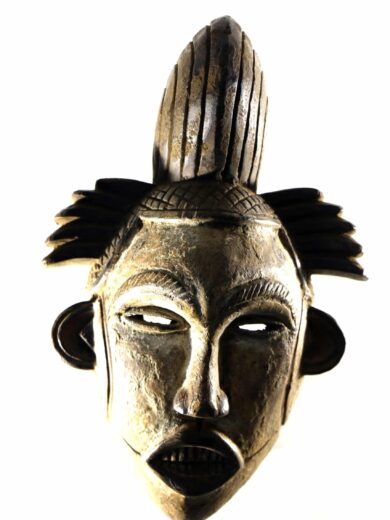
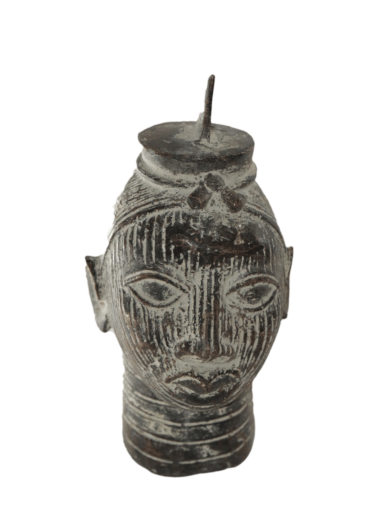
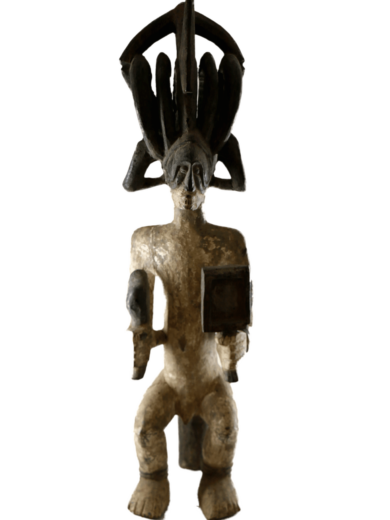
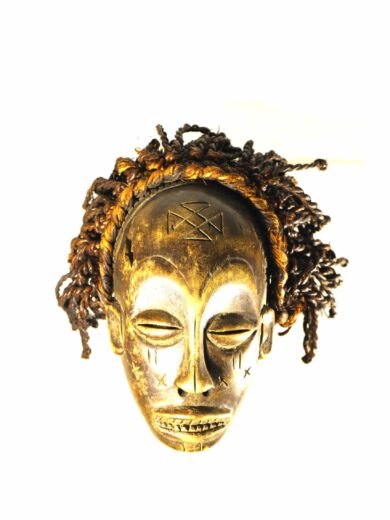
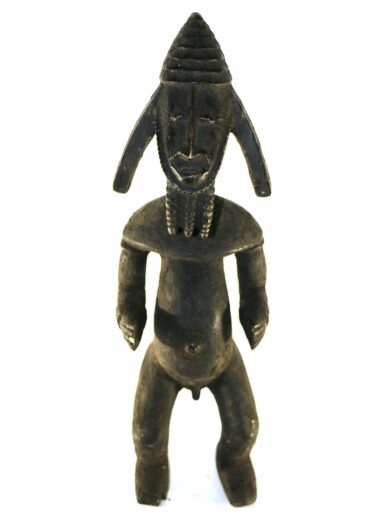


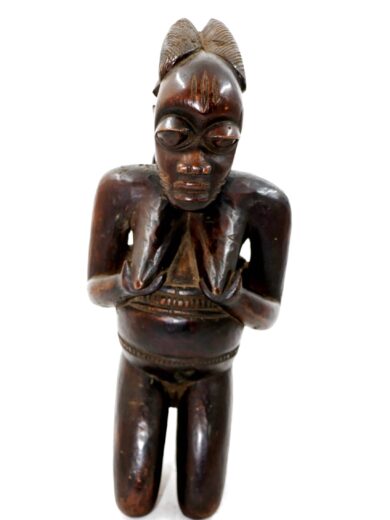
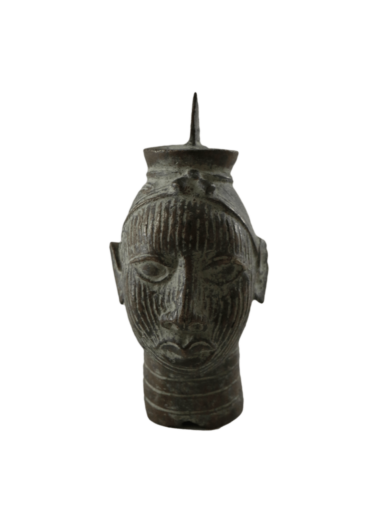
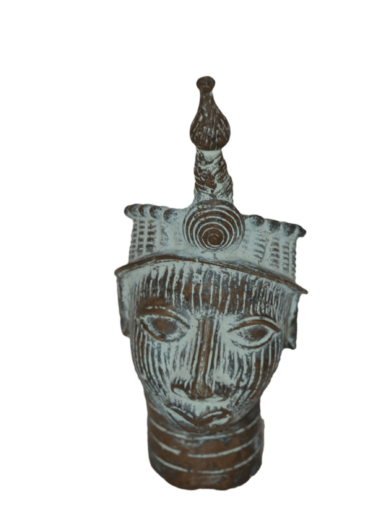
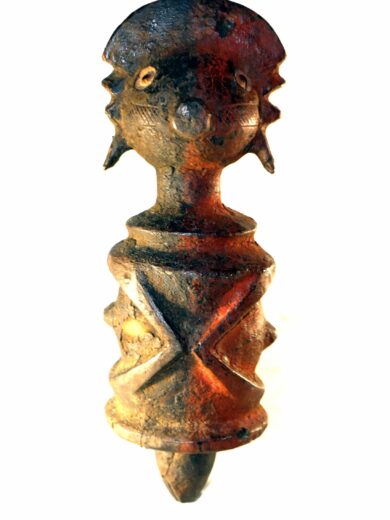
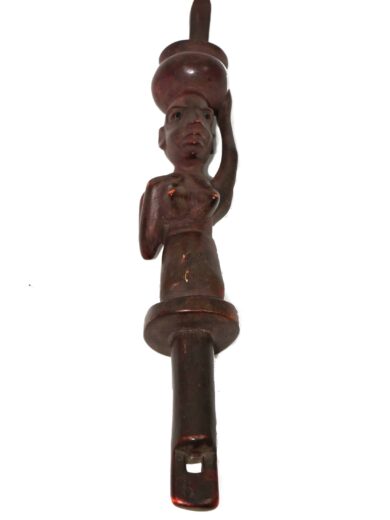
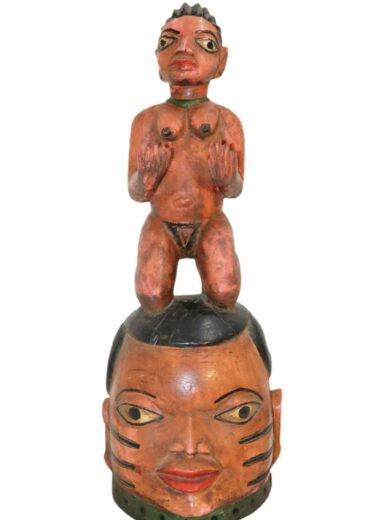
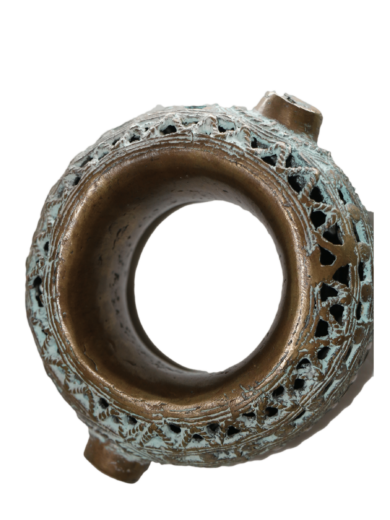
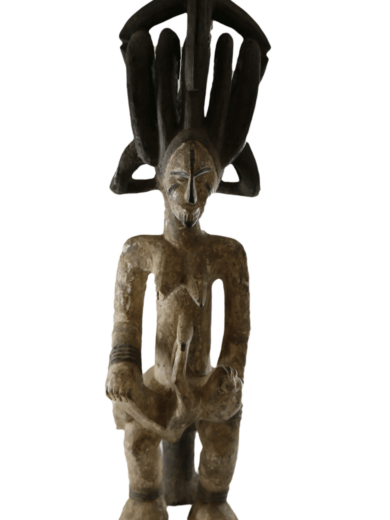
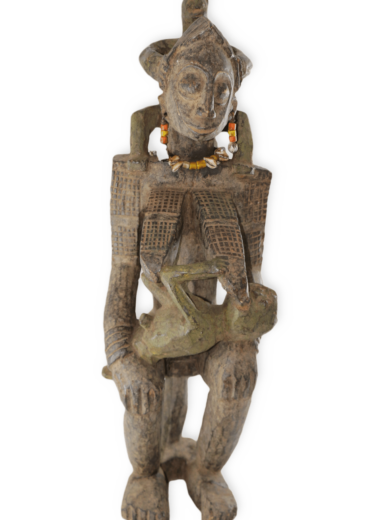

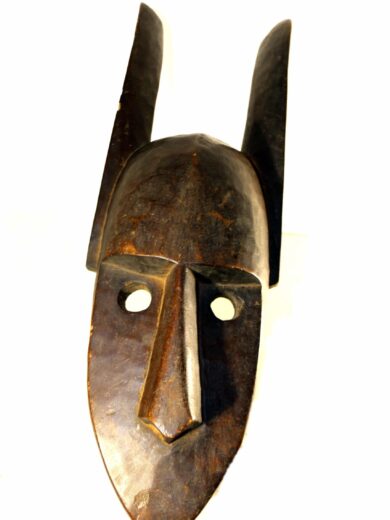
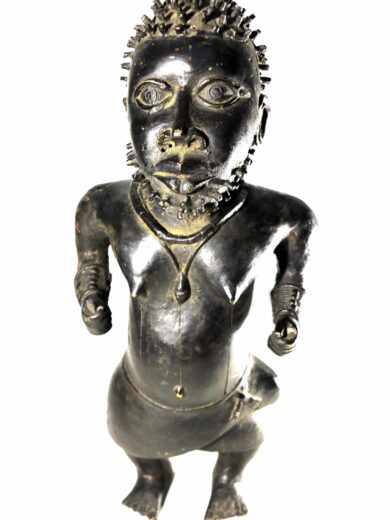
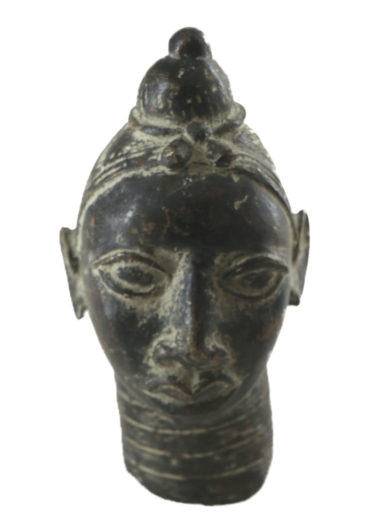

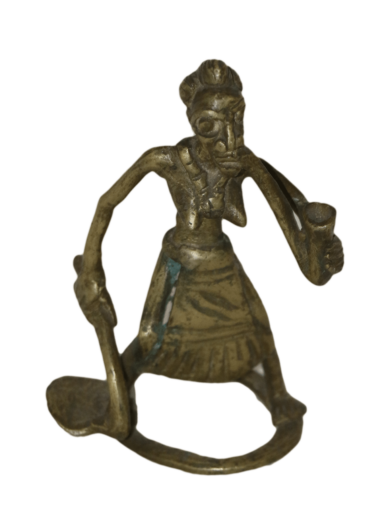
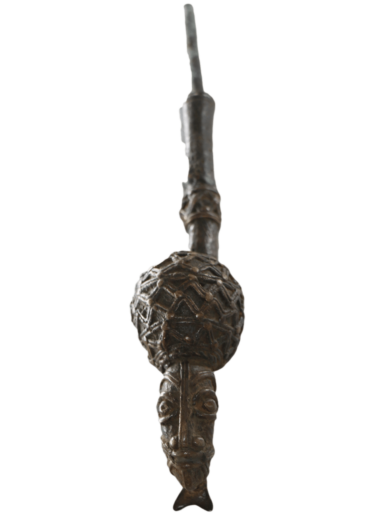
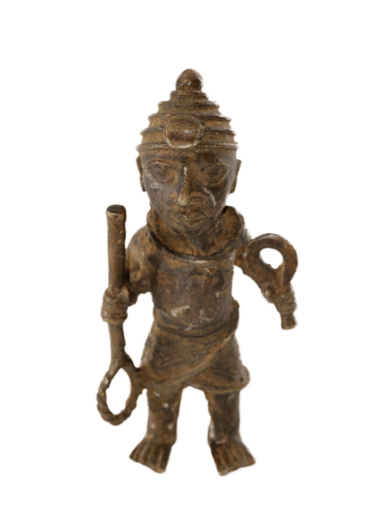
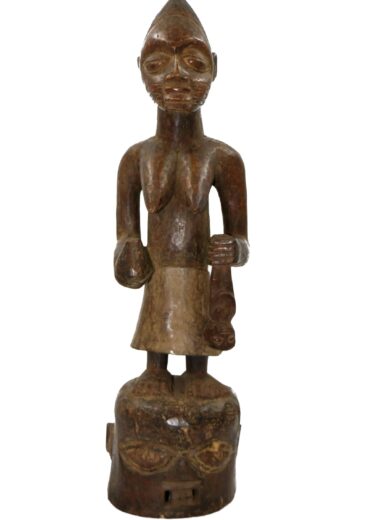

Reviews
There are no reviews yet.